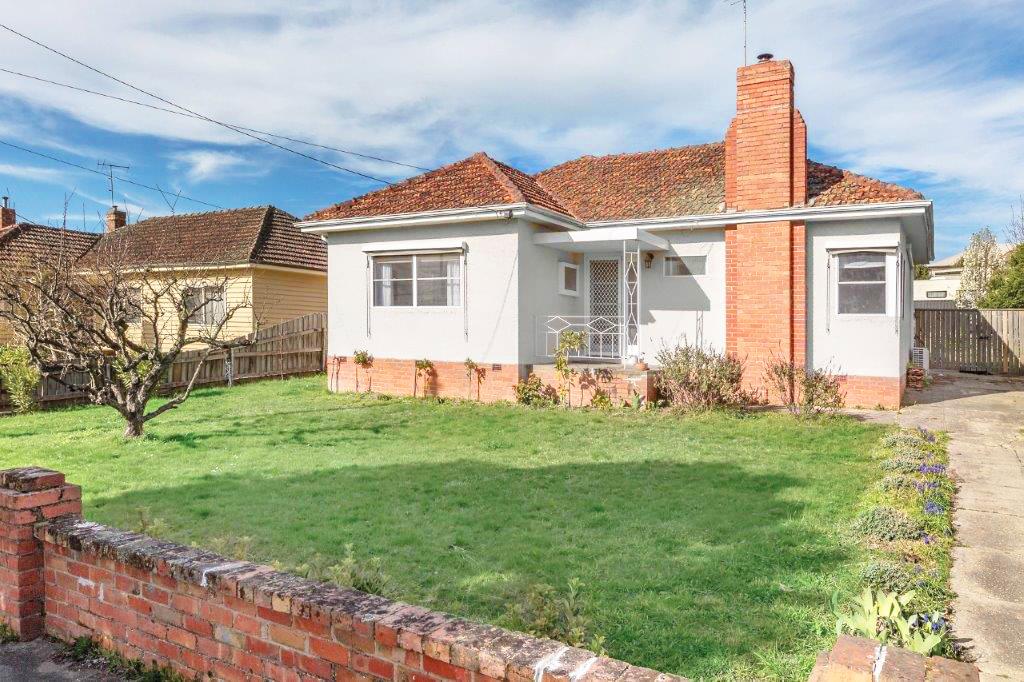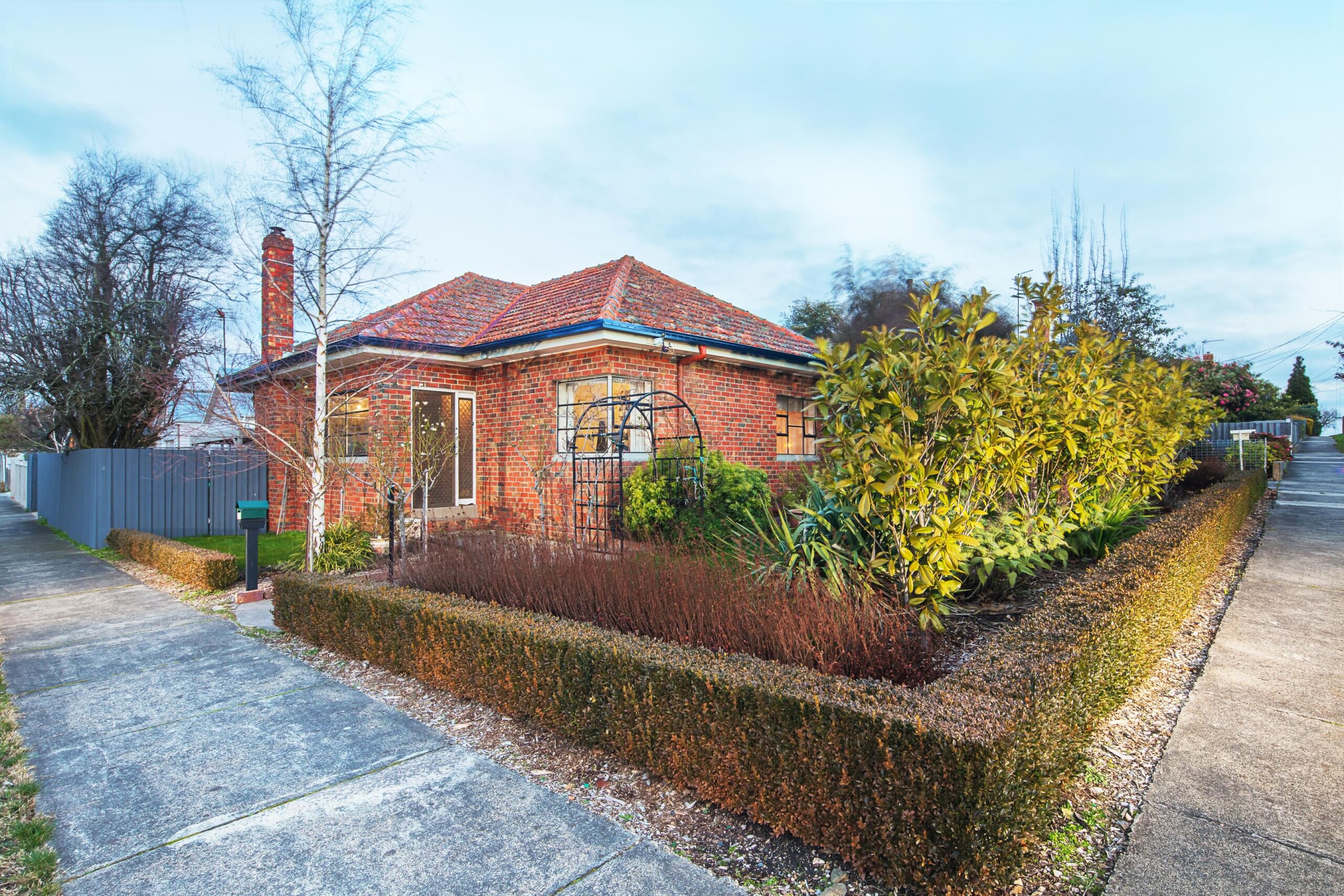Australians are property obsessed. We monitor housing markets more intensely than any other country in the world, and after watching prices increase over the past decade, many have speculated about how much foreign investment has contributed.
Prior to December 2015, there weren’t many restrictions around foreign investment into the Australian property market. However, after growing concern that Chinese buyers were driving values up and pricing first home buyers out of the market, the Australian Government introduced new restrictions for foreign investors.
Foreign investment regulation changes
In December 2015, the Australian Government implemented regulation changes as an attempt to improve housing affordability amid some of the world’s highest property prices.
The changes were designed to channel foreign investment into new dwellings and thus create additional jobs in the construction industry and support economic growth. Therefore, foreign investors are not able to buy existing homes – they can only purchase new properties, off-the-plan and vacant land.
Additionally, foreign investors generally need to apply to the Foreign Investment Review Board (FIRB) for approval before purchasing residential real estate in Australia. Investors also face a $5,000 application fee on any investment property under $1 million, rising $10,000 for every extra $1 million on the purchase price.
The Government’s legislation changes were closely followed by changes to the foreign investor lending policies of major banks. ANZ and Westpac stopped offering home loans to non-residents completely, while NAB dropped its maximum loan to valuation ratio (LVR) to 60% – meaning overseas buyers require a deposit of at least 40% to get a mortgage. Commonwealth Bank also announced that it would no longer accept home loan applications from temporary residents who don’t earn an income in Australia. (Source: Finder)
Why is Australia so attractive?
Investors regard Australia an excellent place to invest because of its population growth, highly skilled workforce, strategic location, strong record of economic growth and a stable governance and regulatory environment.
Which countries invest the most?
When broadly looking at foreign investments, the United States and United Kingdom are the biggest investors in Australia, followed by Belgium, Japan and Hong Kong.
For the property market specifically; Chinese buyers hold the majority share of foreign investment – a sector who purchase up 20% of total Australian residential property every year.
Value of foreign investment
Foreign investment was almost non-existent before 2007 and while it fluctuates from year to year, FIRB data shows that the value of approved foreign investment of residential property in Australia increased from around $6 billion annually in early 2000’s to more than $17 billion in 2012/13.
From there, it continued to grow, increasing by 322% from 2012/13 to a record $72 billion in 2015/16. This growth contributed to a dramatic rise in the cost of housing in both Sydney and Melbourne – which ultimately saw those markets peak in 2017.
However, foreign investor money sharply declined after 2015/16, with the value of approved purchases falling by 83% over the last two years.
The most recent data (FIRB, 2018) shows a dramatic decrease in the number of applications made by foreign investors to 10,036. This is compared to 40,141 applications in 2016. The value of this decline in residential real estate investment equates to AU$12.5 billion. (Source: Global Property Guide)
Are foreign investors to blame for high property prices?
Baby boomers blame avocado loving millennials and their inability to save 20% deposit, while the baby boomers are being blamed for greedily investing in second and third homes. But often lost in the debate is to what extent Chinese investment influences the market. For years there was no doubt that Chinese investment had increased however, there is very little data which shows a direct link to higher house prices, or at least any which are more responsible than other domestic factors such as interest rates, negative gearing and local investment.
And although investors have a lot to do with pushing up property prices, the impact from foreign investors is dependant on a variety of factors. For example, if the property is purchased to house a child who is studying in Australia, who would have otherwise had to rent out a home, or if the investment property is rented out, then the purchase will not directly impact housing demand.
Essentially, it all comes down to supply and demand. Both domestic and foreign housing booms, bubbles and busts are best understood as cycles within our housing and financial system, rather than short-term issues impacted by one sector.
For more on property cycles, see our Timing the market with the property clock article.






